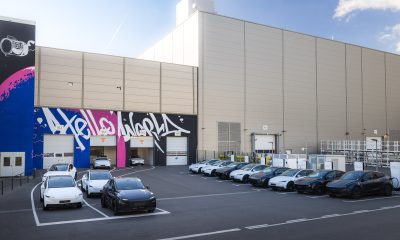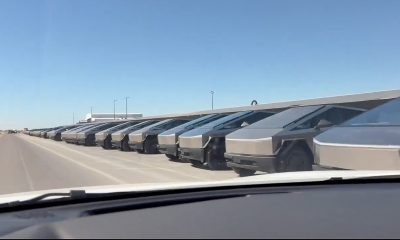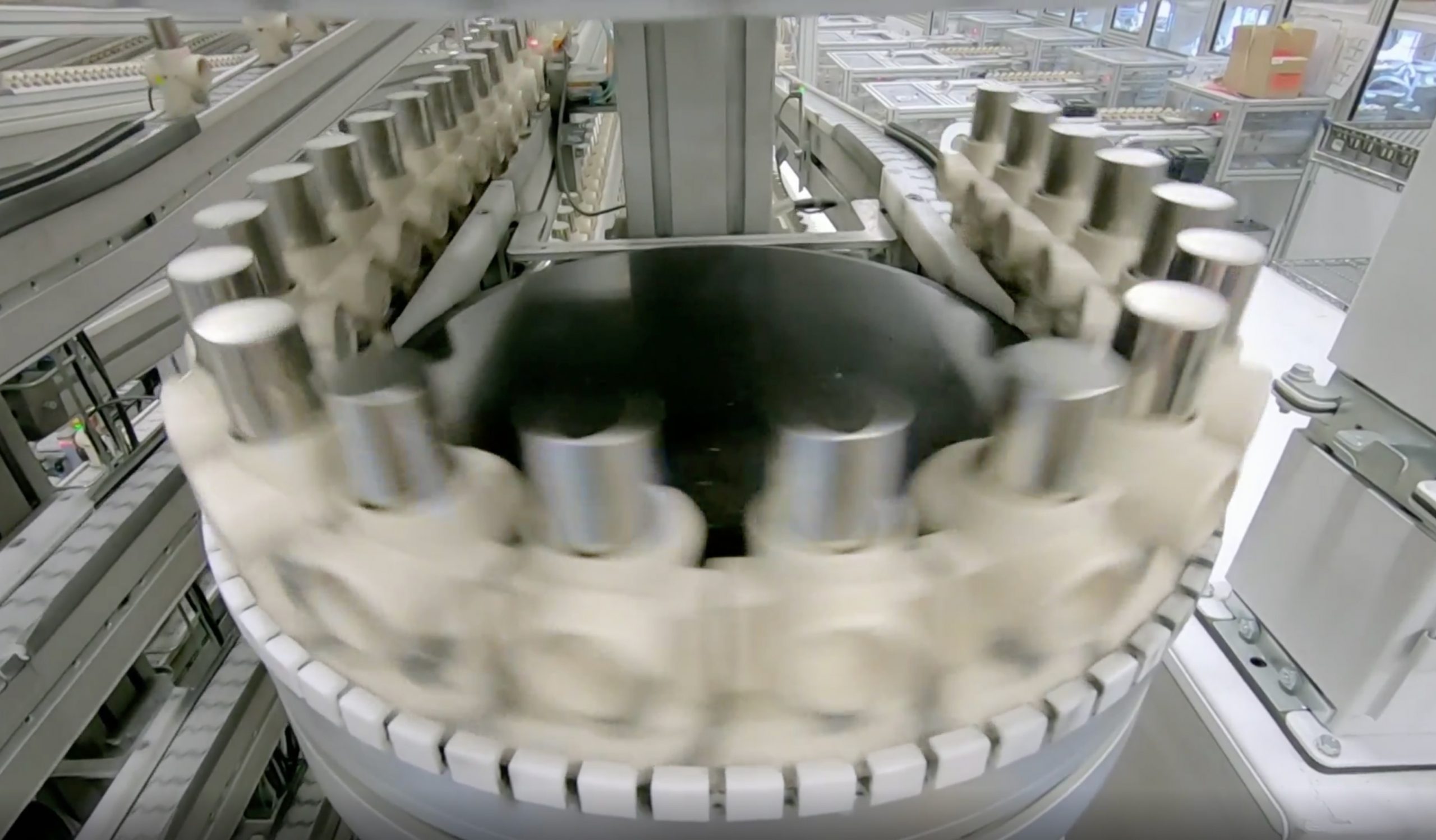

News
Tesla starts sending Battery Day invites to lucky shareholders
Tesla has started sending out invitations for its 2020 Annual Shareholder Meeting and Battery Day event to a select number of investors. Images of the invites started making the rounds online on Tuesday, revealing that the company had utilized a randomized process when selecting which shareholders could attend the highly-anticipated event.
Following is Tesla’s message.
“You have been randomly selected to in the drawing to determine eligibility to attend in person Tesla’s 2020 Annual Meeting of Stockholders and the separate Battery Day event to follow. Both events will be held on Tuesday, September 22, 2020, at Tesla’s facility at 901 Page Ave., Fremont, CA 94538. The 2020 Annual Meeting of Stockholders is scheduled to begin at 1:30PM Pacific Time and will be followed immediately by the Battery Day event,” the company noted.
Selected investors who received the invite from Tesla would be required to confirm their eligibility to attend the event within the next two days. Government-issued identification, which must include the attendees’ full name, address or place of birth, and date of birth, must also be sent to the electric car maker.
Tesla’s Battery Day event is arguably one of the most highly-anticipated events for the electric car maker this year. Since being teased last year by Elon Musk during the 2019 Annual Shareholder Meeting, expectations for the event have only gotten higher as more and more clues about what Battery Day would likely entail started to emerge.
Battery Day Invites have started. from r/teslainvestorsclub
Today, speculations point to Tesla announcing how it intends to use technologies from acquired companies such as Maxwell during Battery Day. As noted by Elon Musk on Twitter, Battery Day will also involve a tour of the company’s pilot battery cell production line in Fremont. The initiative, dubbed as the “Roadrunner” project, is expected to allow Tesla to reach new levels of independence in the electric vehicle and energy storage industry.
Tesla has so far tapped partners for the production of its vehicles’ battery cells. In Gigafactory Nevada, the company has partnered with Japanese tech conglomerate Panasonic, and in China, the electric car maker has tapped into firms such as LG Chem and CATL to provide cells for vehicles produced in Gigafactory Shanghai. With Battery Day expected to announce Tesla’s own battery cell production lines, the company would be able to gain an even higher degree of vertical integration.
News
Tesla Cybertruck explosion probe ends with federal involvement and new questions
The 78-page document detailed a planned attack by former Green Beret Matthew Livelsberger, who died by suicide before the blast that injured six people.
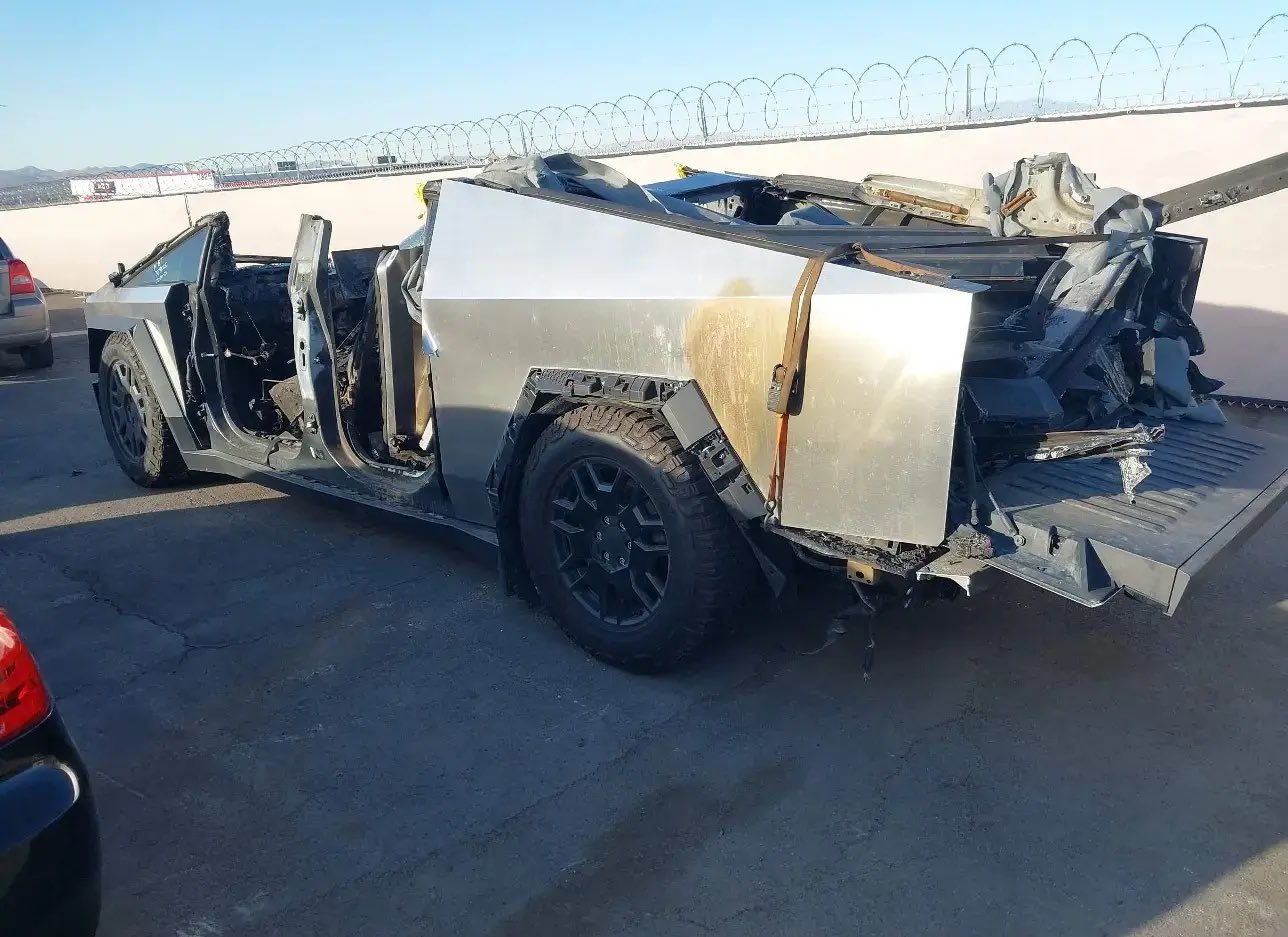
The Las Vegas Metropolitan Police Department (LVMPD) has released its final investigative report into the New Year’s Day Cybertruck explosion outside the Trump International Hotel. But instead of bringing clarity, the findings have only raised more questions.
The 78-page document detailed a planned attack by former Green Beret Matthew Livelsberger, who died by suicide before the blast that injured six people.
The perpetrator’s manifesto
According to a Fox News report, Livelsberger rented the all-electric pickup through Turo while on leave from his Special Forces unit. He filled the rented Cybertruck with fireworks, gas cans, and camping fuel before driving it to the hotel shortly after 8:40 a.m. on January 1. Surveillance footage showed him pouring accelerant into the truck bed moments before detonation, confirming premeditation.
Livelsberger left a manifesto on his phone, which was later deemed classified by the Department of War. This case was then handed over to federal authorities. Still, the LVMPD and federal investigators noted in their report that the incident was a “vehicle-borne improvised explosive device” (VBIED) attack “with the potential to cause mass casualties and extensive structural damage.” Officials, however, stopped short of labeling it terrorism.
In digital notes, Livelsberger wrote that his act was not terror-related but intended as “a wake-up call,” criticizing what he called America’s “feckless leadership.” He wrote, “Americans only pay attention to spectacles and violence. What better way to get my point across than a stunt with fireworks and explosives.”
The incident ironically showcased the Cybertruck’s durability
Tesla CEO Elon Musk was among the first to respond publicly after the blast, confirming through X that the company’s senior team was investigating the incident. He later stated that vehicle telemetry showed no malfunction and that the explosion was caused by “very large fireworks and/or a bomb” placed in the Cybertruck’s bed.
Ironically, footage of the incident in the Cybertruck’s bed showed that the vehicle’s durable construction actually helped contain the explosion by directing the blast upwards. The bed remained largely intact after the explosion as well. Even more surprisingly, the Cybertruck’s battery did not catch fire despite the blast.
Months later, the same Cybertruck appeared on the online auction platform IAA, marked as “not ready for sale.” The listing has stirred debate among Tesla fans about why the historic vehicle wasn’t reclaimed by the company. The vehicle, after all, could serve as a symbol of the Cybertruck’s resilience, even in extreme circumstances.
Elon Musk
Norway’s $2 trillion sovereign wealth fund votes against Elon Musk’s 2025 performance award
The fund is managed by Norges Bank Investment Management (NBIM), and it holds a 1.14% stake in Tesla valued at about $11.6 billion.

Norway’s $2 trillion sovereign wealth fund has voted against Elon Musk’s 2025 performance award, which will be ultimately decided at Tesla’s upcoming annual shareholder meeting.
The fund is managed by Norges Bank Investment Management (NBIM), and it holds a 1.14% stake in Tesla valued at about $11.6 billion.
NBIM’s opposition
NBIM confirmed it had already cast its vote against Musk’s pay package, citing concerns over its total size, dilution, and lack of mitigation of key person risk, as noted in a CNBC report. The fund acknowledged Musk’s leadership of the EV maker, and it stated that it will continue to seek dialogue with Tesla about its concerns.
“While we appreciate the significant value created under Mr. Musk’s visionary role, we are concerned about the total size of the award, dilution, and lack of mitigation of key person risk- consistent with our views on executive compensation. We will continue to seek constructive dialogue with Tesla on this and other topics,” NBIM noted.
The upcoming Tesla annual shareholder meeting will decide whether Musk should receive his proposed 2025 performance award, which would grant him large stock options over the next decade if Tesla hits several ambitious milestones, such as a market cap of $8.5 trillion. The 2025 performance award will also increase Musk’s stake in Tesla to 25%.
Elon Musk and NBIM
Elon Musk’s proposed 2025 CEO performance award has proven polarizing, with large investors split on whether the executive should be given a pay package that, if fully completed, would make him a trillionaire.
Institutional Shareholder Services and Glass Lewis have recommended that shareholders vote against the deal, and initiatives such as the “Take Back Tesla” campaign have rallied investors to oppose the proposed performance award. On the other hand, other large investors such as ARK Invest and the State Board of Administration of Florida (SBA) have urged shareholders to approve the compensation plan.
Interestingly enough, this is not the first time that Musk and NBIM have found themselves on opposing sides. Last year, NBIM voted against reinstating Musk’s 2018 performance award, which had already been fully accomplished but was rescinded by a Delaware judge.
Later reports shared text messages between Musk and NBIM Chief Executive Nicolai Tangen, who was inviting the CEO to a dinner in Oslo. Musk declined the invitation, writing, “When I ask you for a favor, which I very rarely do, and you decline, then you should not ask me for one until you’ve done something to make amends. Friends are as friends do.”
Elon Musk
Tesla begins production of new Model Y trim at Giga Berlin
Tesla announced on Monday that its Model Y Standard configuration was officially being built at Giga Berlin, less than one month after the company officially announced the configuration early last month.

Tesla has begun production of the new Model Y trim at Gigafactory Berlin, the company’s production plant in Germany.
Tesla announced on Monday that its Model Y Standard configuration was officially being built at Giga Berlin, less than one month after the company officially announced the configuration early last month.
On October 7, Tesla announced the launch of the Model 3 and Model Y Standard trim levels, its answer to the call for affordable EVs within its lineup and its response to the loss of the $7,500 electric vehicle tax credit.
On October 3, Tesla started production of the vehicles in Germany:
Model Y Standard says „Hello World“ – Production at Giga Berlin has started today! pic.twitter.com/p37JIfJDIB
— Tesla Manufacturing (@gigafactories) November 3, 2025
The Standard iteration of the Model Y is void of many of the more premium features that are available in the Rear-Wheel-Drive, All-Wheel-Drive, and Performance trims of the vehicle are equipped with.
A few of the features of the Model Y Standard are:
- Single Motor configuration
- No rear touchscreen
- Textile seats with vegan leather, instead of all vegan leather
- 320-mile range
- No glass roof
The launch of the Model Y Standard was truly a move to help Tesla get vehicles into the sub-$40,000 price point, and although many consumers were hoping to see the company get closer to $30,000 with these cars, this is a great starting point.
Deliveries in the United States have already started, and it seems it will be a vehicle that will do one of two things: either push some consumers to finally make the jump to Tesla, or it will give car buyers another reason to buy the Premium trims, as they may feel the lack of features is not a good enough deal.
This is something we saw with the Cybertruck’s Rear-Wheel-Drive configuration, which launched last year and ended up being more of the latter option listed above.
The Tesla Model Y Standard is actually a great deal in Europe
It was only a $10,000 discount from the All-Wheel-Drive Cybertruck, but it also did not have adaptive air suspension, premium interiors, or the powered tonneau cover, which many people felt was too much of a sacrifice.
The Rear-Wheel-Drive Cybertruck was discontinued only a few months later.
It does not seem as if this is the case with the Model Y Standard, which already seems to be an attractive option to some buyers.
-

 News2 weeks ago
News2 weeks agoTesla rolled out a new feature with FSD v14 to fix a major complaint
-
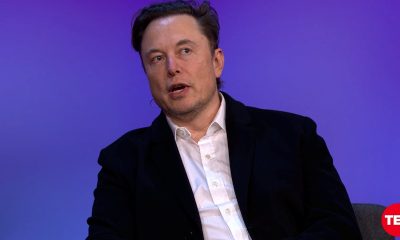
 Elon Musk2 weeks ago
Elon Musk2 weeks agoElon Musk hits back at former Tesla employee who disagrees with pay package
-
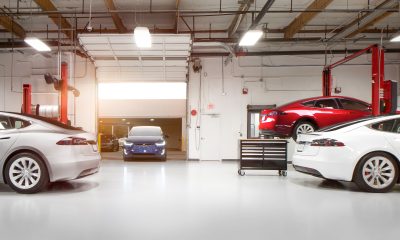
 News2 weeks ago
News2 weeks agoTesla just made Service even easier and more convenient
-
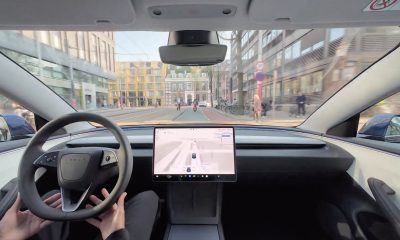
 News2 weeks ago
News2 weeks agoTesla Full Self-Driving’s new version officially gets a wider rollout
-
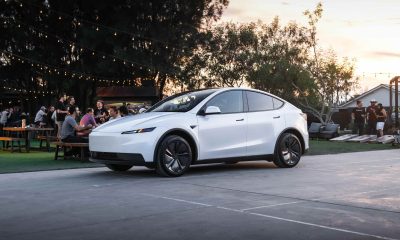
 News2 weeks ago
News2 weeks agoTesla makes crazy move to spur short-term demand in the U.S.
-
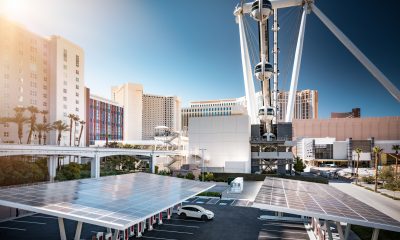
 News2 weeks ago
News2 weeks agoTesla rivals are lagging behind alarmingly in this crucial EV necessity
-
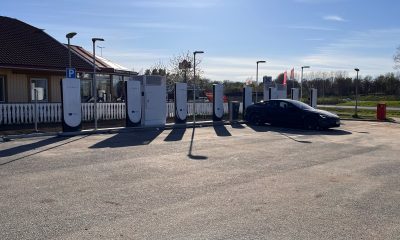
 News2 weeks ago
News2 weeks agoTesla Sweden faced with fresh strike from elevator company
-

 News2 weeks ago
News2 weeks agoKia and Tesla top list in Swedish study of strongest EV batteries






